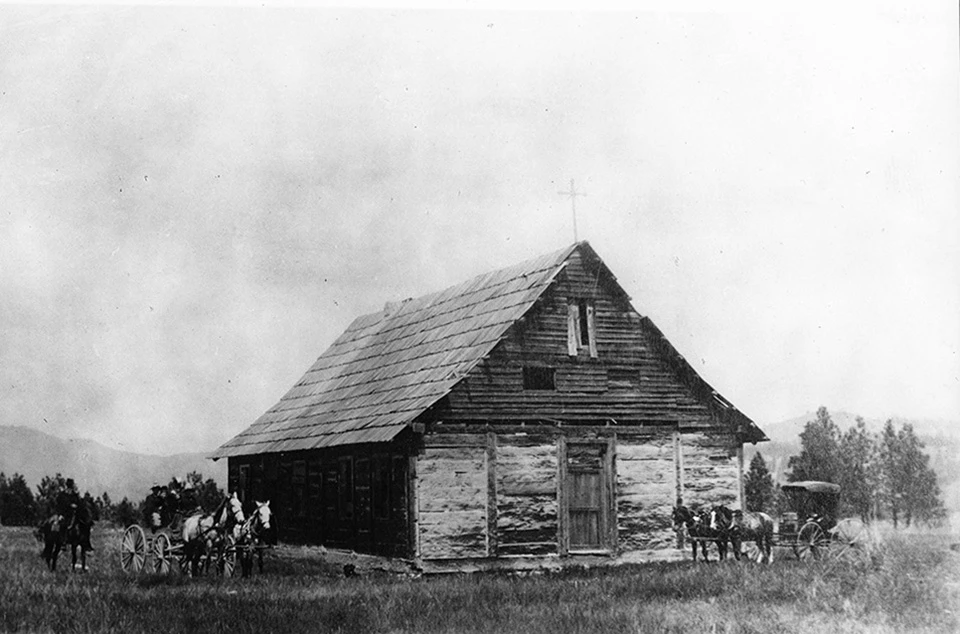
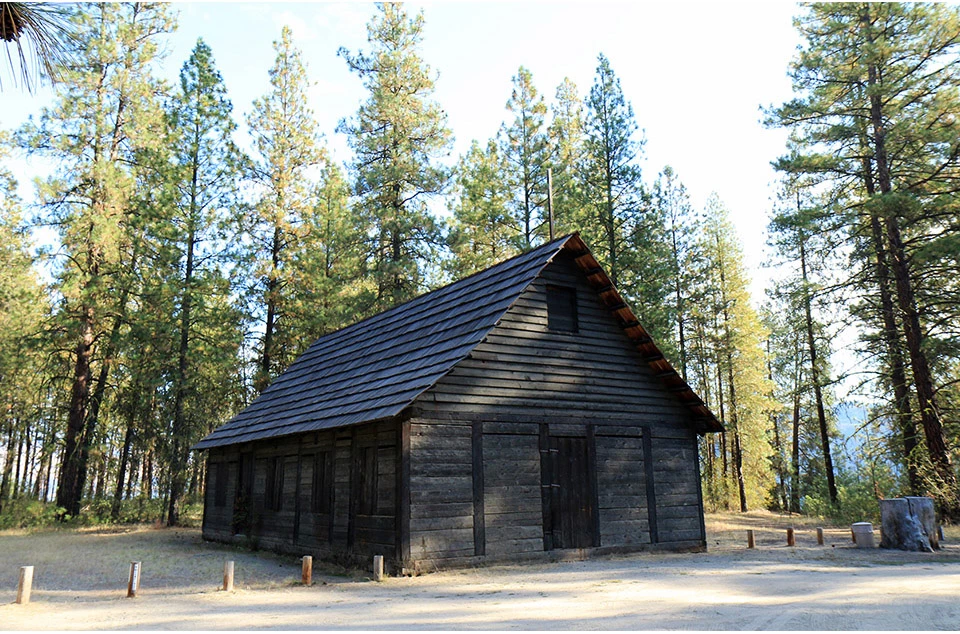
Left image
Right image
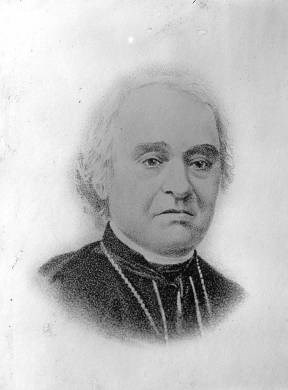
Oregon Digital Archives A PromiseIn early November of 1838, two Catholic priests, Father François Norbert Blanchet and Father Modeste Demers were enroute from Montreal to Fort Vancouver when they stopped at Fort Colvile, a fur trading post on the Upper Columbia River near Kettle Falls. Throughout the region, the fur traders promoted their coming to the Native Americans. Representatives from five tribes came. For three days, the priests along with translators conducted religious services, including daily mass and 19 baptisms. Their activities marked the first Catholic presence in the region between the Cascade and Rocky Mountains. As they left the trading post, the priests promised the fur traders and natives that someone would return to establish a mission for the Upper Columbia River. 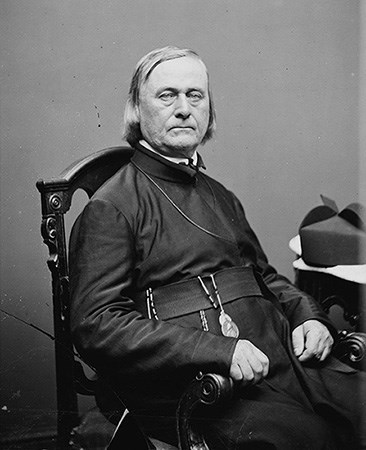
Library of Congress Nearly seven years after the first Catholic priests came to the Kettle Falls region, Pierre Jean de Smet, a Jesuit priest from Belgum, came to fulfill that promise. A pioneer for the Jesuit sect of Catholicism, de Smet had been traveling for years back and forth from his base in St. Louis to Europe to recruit priests and secure funds in order to plant several Indian missions in the Pacific Northwest, most notably St. Mary's in Montana. 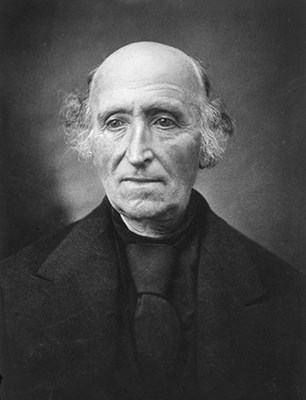
Jesuits West Archives / Gonzaga University Building a Mission
In 1847, Father Peter de Vos began his year-long residency at St. Paul’s. With assistance from fur traders at Fort Colvile, he began construction of a larger, substantial chapel to function both as a residence and a mission. Several cedar logs were chiseled and handhewn into beams for the frame. Instead of nails, pegs were used to keep the beams in place. White mud was chinked into the walls to prevent drafts. The building also featured glass windows. Two wood-burning stoves were installed to provide heat during the cold winter. By the end of the year, building of the mission was complete. 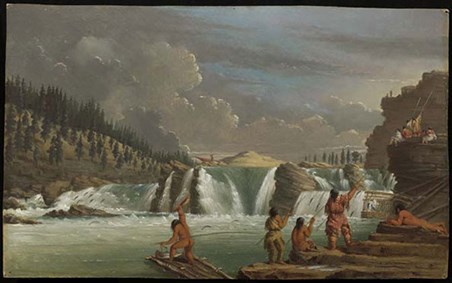
Art Gallery of Ontario The primary goal for St. Paul’s as an Indian mission was to minister to the Colville and surrounding tribes who for thousands of years called the Upper Columbia River their home. Mostly semi-nomadic, the natives came to Kettle Falls during the summer to fish for salmon before returning to winter grounds. To make them settle, the priests advocated teaching the Indians how to farm instead of relying on hunting and gathering. They worked with the fur traders at Fort Colvile, also an agricultural hub for the Hudson's Bay Company to develop farming skills. Serving in Difficult TimesFathers Joseph Joset and Louis Vercruysse served most of the 1850s, a time of several disturbing events that affected the mission. In 1851, a native prophet from British Columbia identifying himself as a “dreamer” came to Kettle Falls and prophesized against the Christian faith. He claimed to have passed out for six days and had several dreams, including seeing a dead person from the Colville tribe. Although the priests effectively ousted the “dreamer” from the region, he had gained many followers. 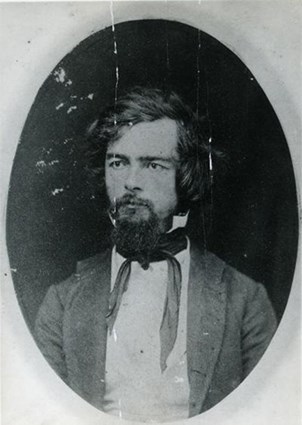
Library of Congress The influx of Americans settling into the Kettle Falls region created tensions among the tribes. In 1853, a devastating smallpox epidemic killed much of the native population. Afterwards, the priests conducted inoculations to prevent further outbreaks. In 1855, Washington Territory Governor Isaac Stevens proposed a reservation policy to place tribes on certain, allotted lands throughout the region as a way to prevent conflict. Instead, his proposal angered the natives. That same year, gold was discovered on a sandbar in the vicinity of Fort Colvile. News of the strike brought thousands of settlers to the Kettle Falls region in search of wealth, thus encouraging conflict. Protests began to mount by the Colville, San Poil, and other tribes. Priests who served at several missions throughout the Pacific Northwest and at St. Paul’s, including Fathers Ravalli, Hoecken, Joset, and de Smet served a spokesman or intermediaries on behalf for the native tribes to the United States Army and Governor Stevens. Decline and DecayAfter St. Paul’s reopened as a year-long mission in 1863, Father Joset resumed his residency. But the mission focused exclusively on serving white settlers and Irish Catholic soldiers. In 1869, St. Francis Regis Mission was built 5 miles to the east. Serving both as an established church and Indian boarding school, St. Francis Regis took over as the center for Catholic activity in the Upper Columbia region. The last known mass at St. Paul’s was held on August 14, 1875, thus closing the mission for good. 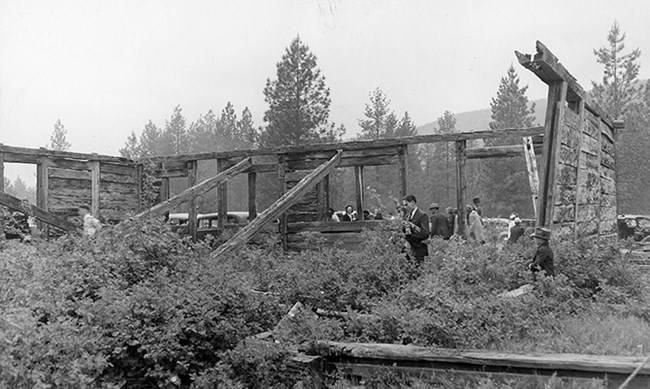
Jesuits West Archives / Gonzaga University For decades, St. Paul’s Mission slowly decayed into ruins. For years, people came to the mission as part of a “tourist attraction” to have their pictures taken. The cross on the roof fell off. Shingles fell to the floor. People had taken some of the wood from the walls and doors as part of building houses or other construction projects. Even the windows were taken. By 1938, the roof had collapsed and remnants of three walls remained standing. 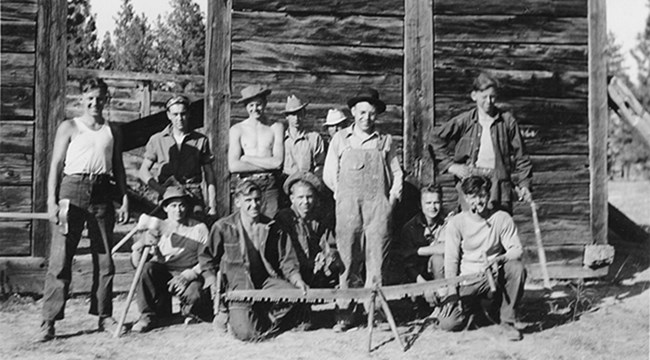
Jesuits West Archives / Gonzaga University RebuiltSeveral attempts to rebuild St. Paul’s Mission were suggested but never attempted. Then in 1938, Bishop Charles D. White of the Spokane Diocese began to lead an effort to rebuild the mission in commemoration for 100 years of Catholic presence in the Kettle Falls region. Sadly, White passed away shortly afterward but prior to his death, he passed the rebuilding effort to Father Paul M. Georgan from Northport, WA. With the assistance of the Colville Kiwanis Club, several businesses, and several Civil Conservation Corps (CCC) volunteers, the mission was rebuilt to its original appearance in 1939. |
Last updated: January 26, 2024
